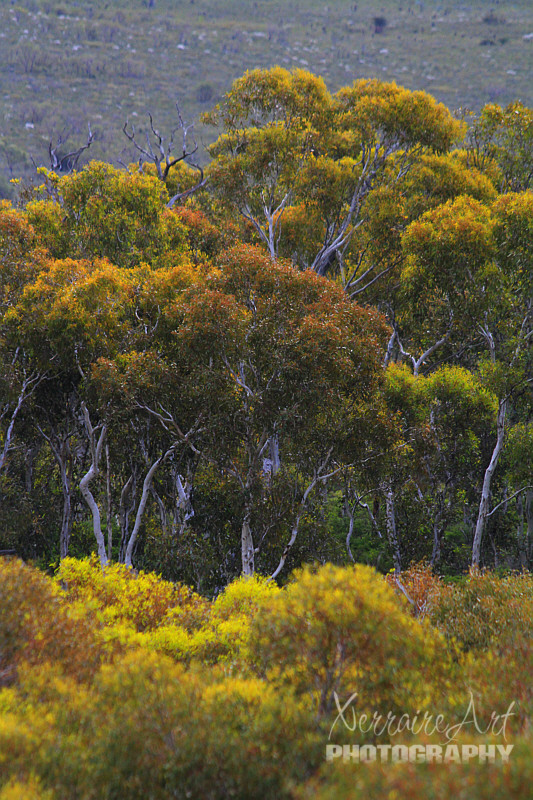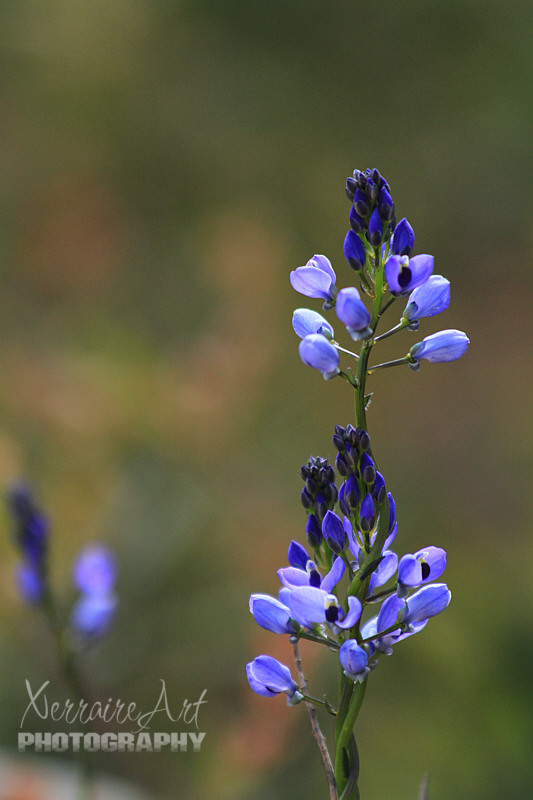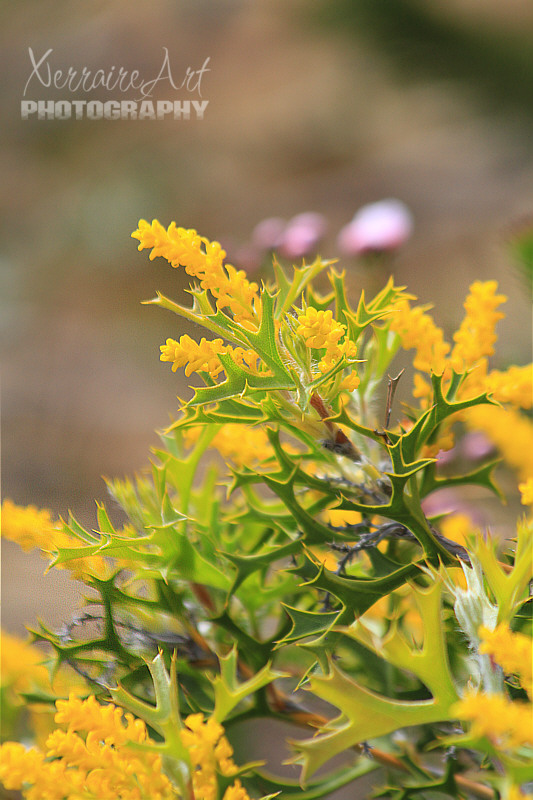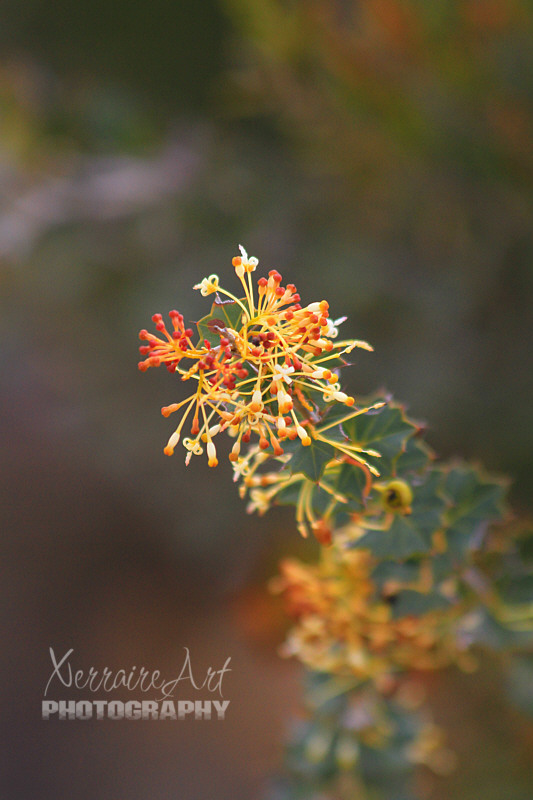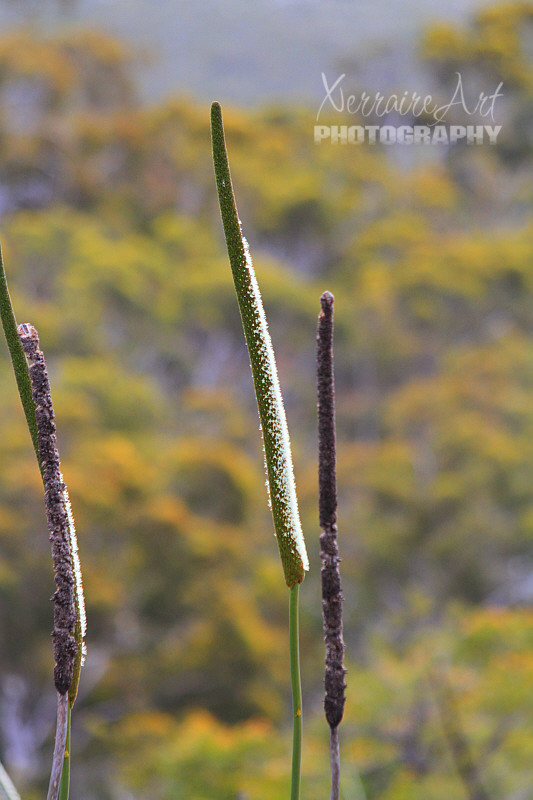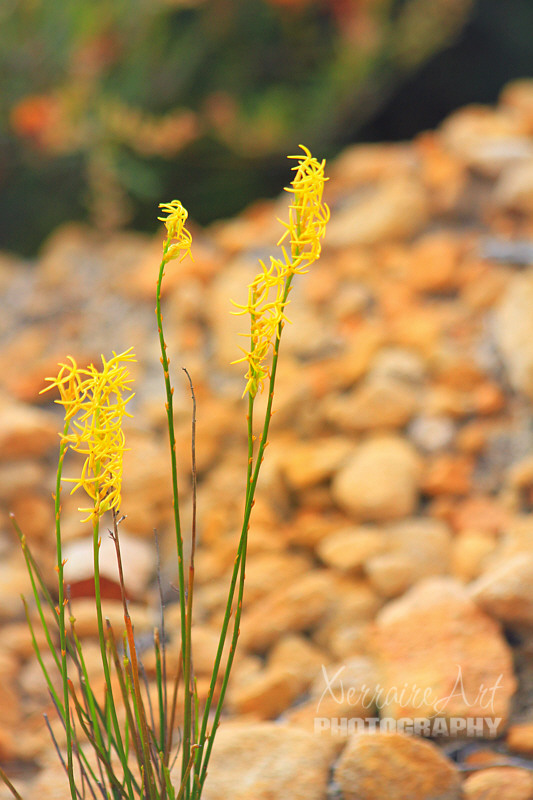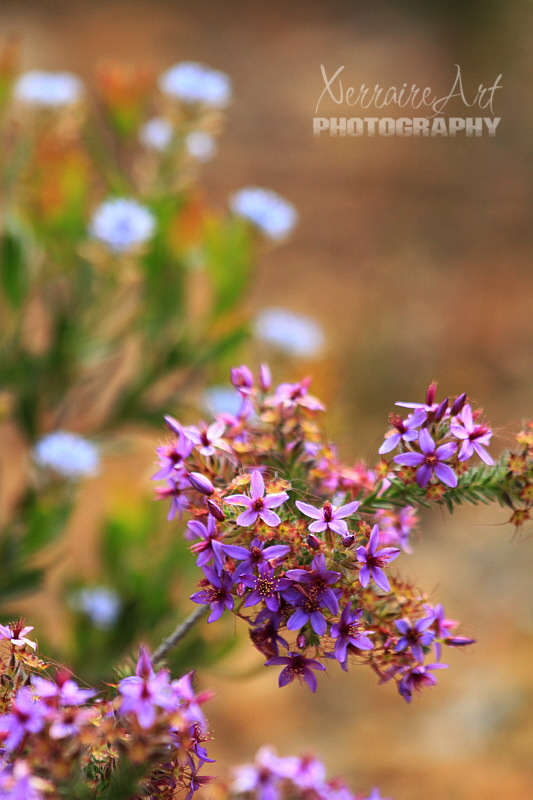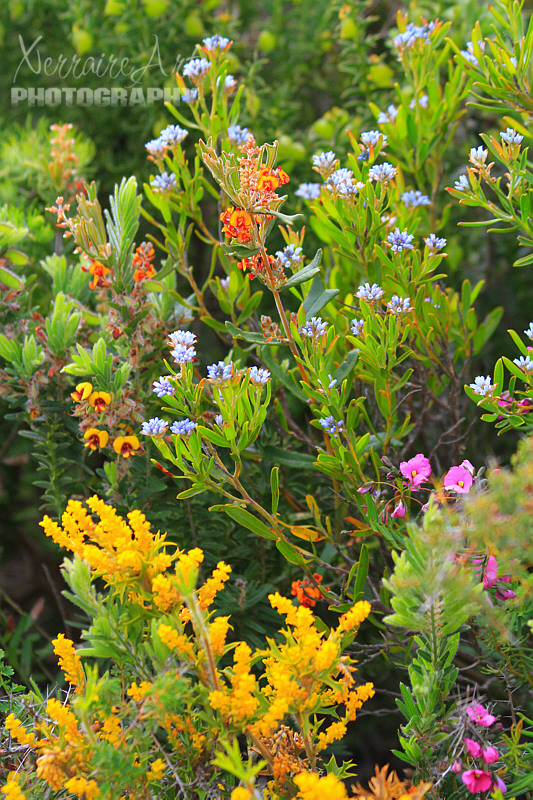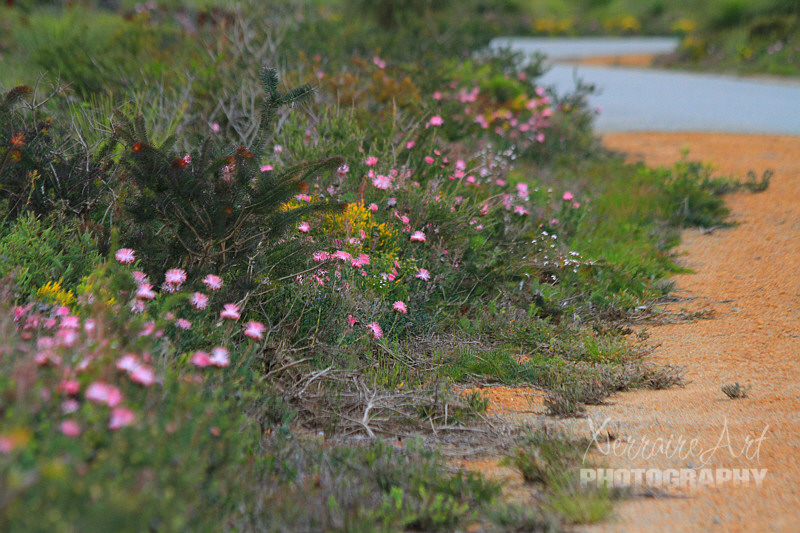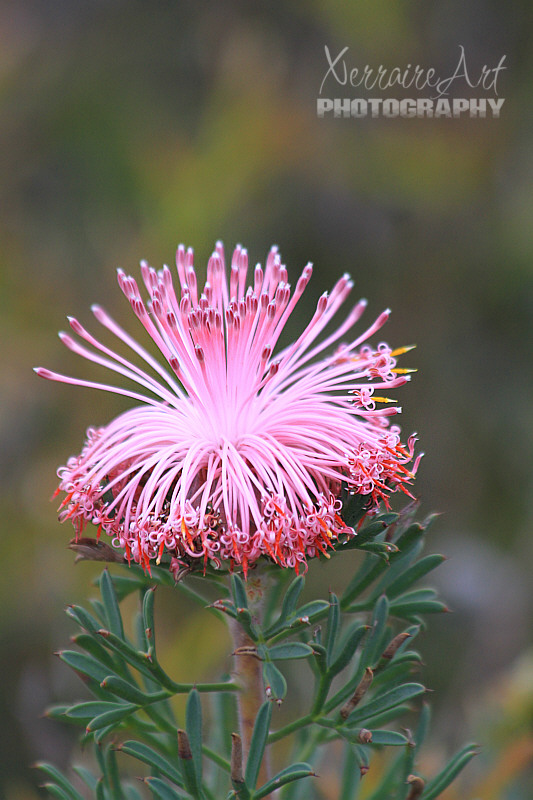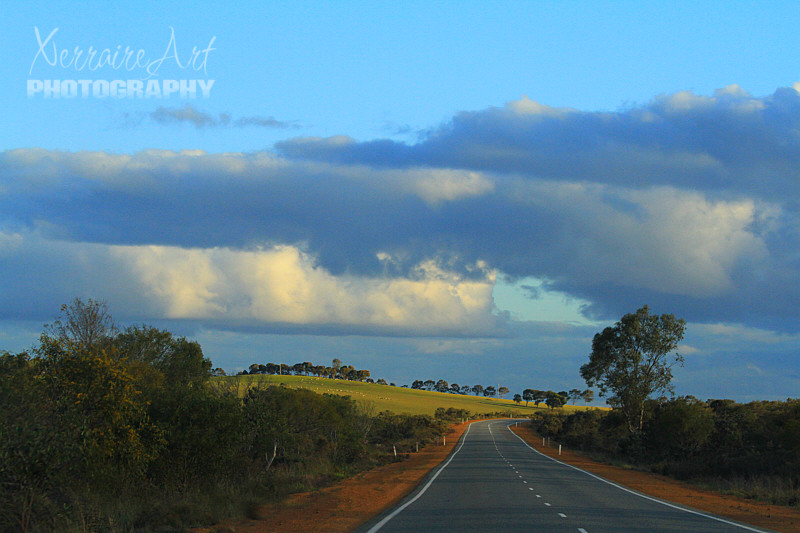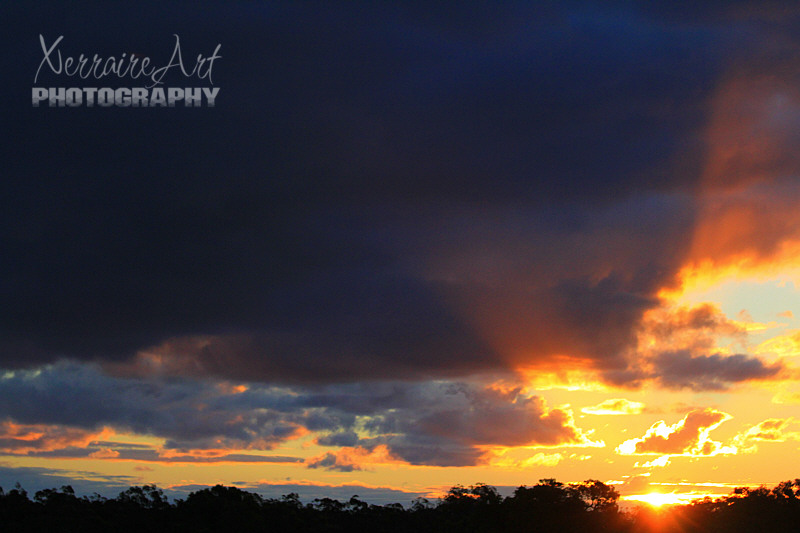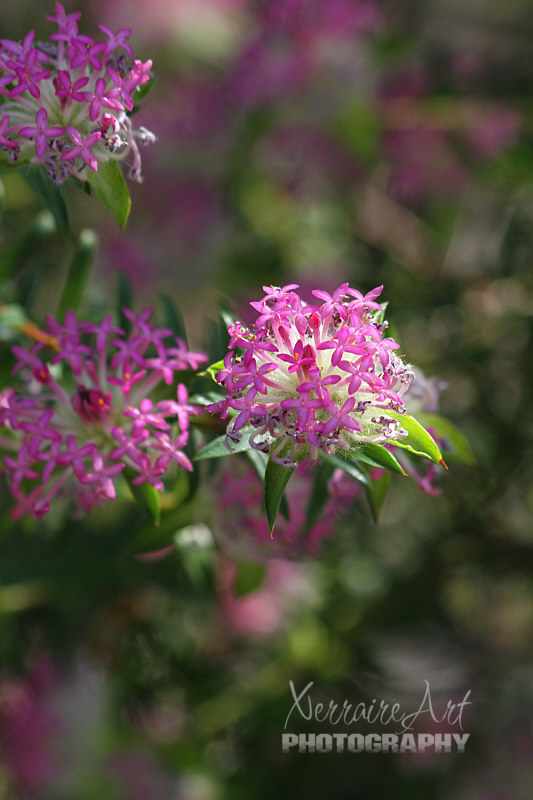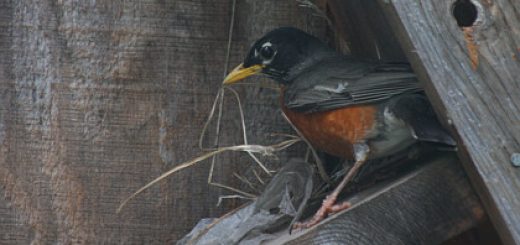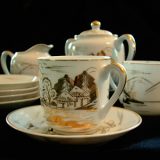Lesueur National Park
When we stopped at Cervantes, we picked up a brochure for Lesueur National Park and decided to go there.
Lesueur National Park covers 26,987 hectares and is recognised for its outstanding conservation, landscape and recreational importance. It is home to over 900 plant species – 10 per cent of Western Australia’s known flora – including acacias, hibbertias, leschenaultias, melaleucas, gastrolobiums. There are many different orchids, such as pink enamel, purple enamel, cowslip, blue lady, white spider and donkey orchids. In spring several varieties of kangaroo paw are predominant.
There are a variety of vegetation types in the park. The exceptionally diverse low heath, called Kwongan by Aborginal people, covers a large portion of the park. Creek lines and low areas have woodlands of wandoo, redgum and banksia.
Landforms in the park vary from salt lakes and remnant coastal dunes in the north-west through to laterite ridges in the east. The flat-topped laterite mesas of Mount Lesueur and Mount Michaud are features of the park.
Birds and reptiles are abundant in the park. Carnaby’s cockatoo is among the 122 species of native bird found in the park. There are 52 reptile species. The park is particularly rich is geckoes and legless lizards.

And the flowers, we were surrounded by so many different kinds. This one, Lambertia multiflora, a Many-flowered honeysuckle.

Xanthosia rotundifolia, Southern Cross flower. I must have really liked these as I took quite a few photos of them. This one is not all of the way opened.









